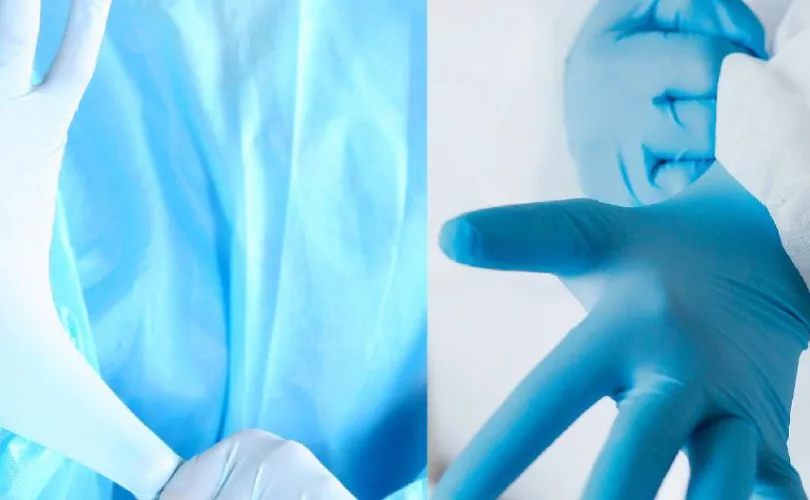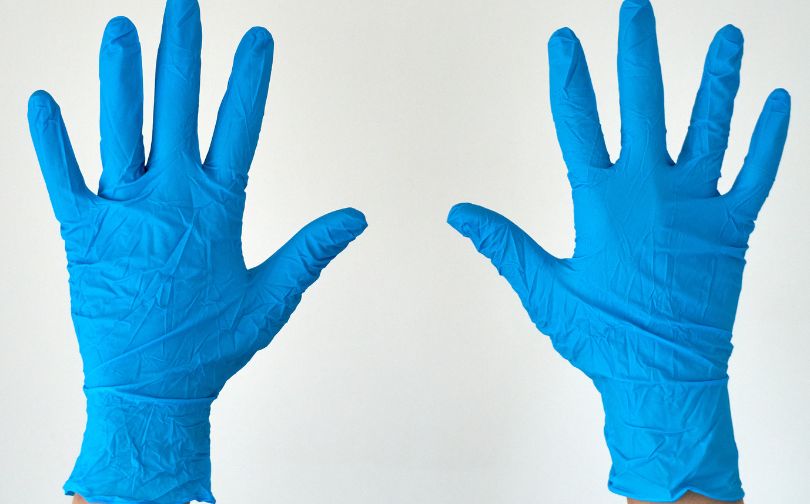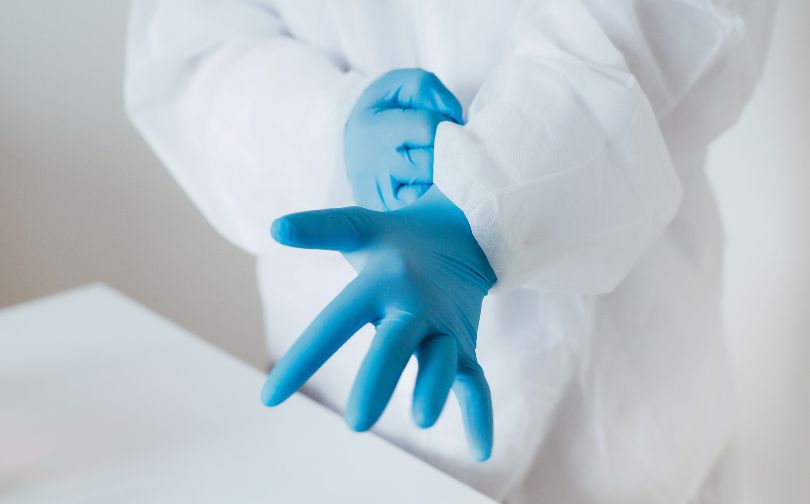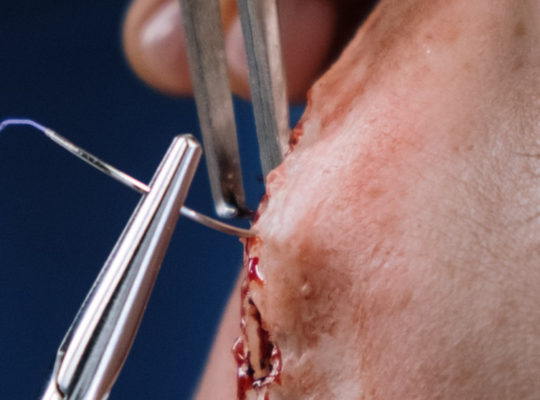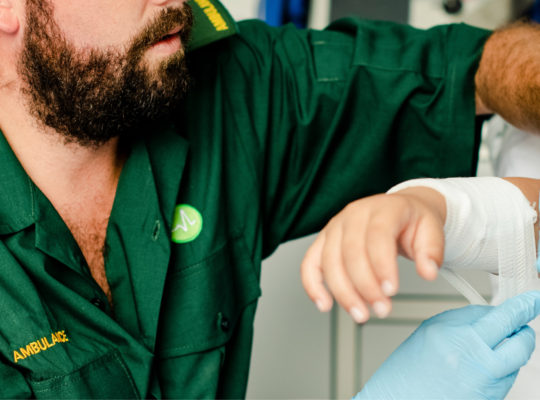Choosing the right gloves can feel overwhelming, especially when deciding between sterile and non-sterile options. Each type serves specific purposes, and making the wrong choice could compromise hygiene, safety, or effectiveness. Whether you’re working in healthcare, food handling, or laboratory settings, understanding the key differences is essential to maintaining standards.
Sterile gloves are manufactured under strict conditions to ensure they are free from microorganisms, making them a critical choice for surgeries and other invasive procedures. Non-sterile gloves, while effective for general use, do not meet the same rigorous standards. Misusing them in critical environments could lead to serious consequences.
Did you know that sterile gloves undergo testing for bacterial levels to ensure patient safety during surgeries? This fact alone underscores the importance of knowing when each type is appropriate.
In this guide, we’ll clarify these differences and help you determine the best gloves for your needs.
How To Choose Your Medical Gloves?
Choosing between sterile and non-sterile gloves has become much more normalized in recent years.
These gloves keep your hands safe from germs and any harmful chemicals, sharp instruments, and dangerous microbes.
The type of gloves that you need will depend on multiple different factors.
These include:
- Purpose
- Nature of the product
- The industry involved (healthcare, cleaning, food)
- Type of use
The healthcare profession is the area where gloves are a must. Here, you will encounter both sterile and non-sterile gloves.
It can be difficult to distinguish between sterile and non-sterile gloves as they often look very similar to each other.
What Is The Difference Between Sterile And Non-Sterile Gloves?
A sterile glove has to meet the strict criteria that are set by the FDA. This is because they are designed to protect healthcare professionals who are working in high-risk settings.
Sterile gloves have been sterilized by manufacturers. These gloves are then sent to the FDA for testing to ensure that all guidelines are met.
Sterile gloves are often used in a surgical setting. They are designed so that they have a rigid barrier that protects them from bacteria and viruses.
This means that no infectious organisms can penetrate the barrier.
Non-sterile gloves will not be sterilized by the manufacturer. They must undergo some sterilization techniques to be considered safe to use in a medical environment.
Other Differences Between Sterile And Non-Sterile Gloves
Some of the other differences between the two types of gloves are:
Use
Sterile gloves are used in medical environments. They are used to avoid any risks of cross-contamination in surgical procedures.
Non-sterile gloves are used for medical examinations. They are known as medical-grade gloves.
These gloves are suitable for non-surgical environments as they act as a barrier against bacteria and parasites.
Based On AQL
One big difference between the two gloves is the acceptable quality level of pinholes in the gloves, judged by a certain AQL percentage of these gloves.
Sterile surgical gloves are required to have an AQL that is lower than non-sterile gloves.
The FDA requires these gloves to be between 1% to 1.5%, meaning only this number of gloves can have pinholes.
Nonsterile gloves can have an AQL between 1.5% and 2.5%. This means that this number of gloves can have pinholes in them.
Pricing
Sterilized gloves are a lot more expensive than non-sterile gloves.
This is because there are lots of very complicated sterilization techniques that come into play to make sterilized gloves.
On average, a box of 25 pairs of sterilized gloves will cost around $30, whereas a box of 100 pairs of non-sterilized gloves will cost no more than $5.
For this reason, non-sterile gloves are the best choice for most instances.
Packaging
All sterile gloves will need to be packaged individually. This is to ensure that they do not become contaminated in any way.
You will need to be careful when you are opening these gloves to ensure that you do not contaminate them when you open them.
Non-sterile gloves do not need to be individually wrapped.
Use Of Sterile Gloves
The main purpose of using sterile gloves is to prevent any infections when you perform surgery. It will provide good hand hygiene when you are performing these procedures.
Sterile disposable gloves are used to change dressings for surgical wounds, deliver babies, perform invasive procedures, for dialysis, and to handle surgical equipment in the operation theater.
When it comes to choosing gloves, it is very important to choose the right ones based on your needs.
Medical professionals must use sterile gloves when they are carrying out surgical procedures.
Orthopedic surgeons and oral surgeons will only use disposable gloves. These gloves must also be used when you are preparing parenteral nutrition or chemotherapeutic agents.
Using sterile gloves comes with many benefits. The main benefits are:
Infection Control
By using the protective gloves, you will be creating an effective barrier between any viruses and bacteria.
Prevention Of Diseases
Using sterile gloves also prevents communicable diseases such as HIV, Hepatitis C, and AIDS.
This is a very important protection for healthcare workers who are at risk of transmitting these diseases.
Use Of Non Sterile Gloves
At the same time, non-sterile gloves have several different applications.
They are used when the transfer of microbes needs to be kept to a minimum, but sterilization is not necessary. hese gloves are often included in an emergency dental kit, as they provide essential protection for handling dental emergencies such as extractions, temporary fillings, and first aid for oral injuries.
They are used to give injections, perform certain medical examinations and carry out any dental work.
These gloves are made in lots of different materials, including latex, vinyl, and nitrile. In most cases, nitrile gloves are used as some people are allergic to latex.
Vinyl is a lot cheaper than other materials, but they are much more likely to get damaged or torn.
What Is The Need For Sterilization?
Sterile disposable gloves are very important because they prevent any iatrogenic transfer of foreign particles.
They also prevent the healthcare professional from being exposed to bodily fluids or blood pathogens.
As these gloves are approved by the FDA, they have to meet the standards set out.
They will have gone through a series of disinfection and sterilization protocols to ensure that they are suitable for use.
This will eliminate the microbes and irritants that can be present.
During sterilization, these gloves will go through a series of different techniques to ensure that it works well.
These are dry heat, ethylene oxide, and high-pressure saturated steam.
Different Types Of Sterile Medical Gloves
There are two types of sterile disposable gloves.
These are:
Sterile Exam Gloves
This type of glove is mostly used to carry out dental work, medical examinations, and some smaller surgeries.
They are used when there are potential bodily fluids or blood exposure possible.
These gloves may be made from latex, nitrile, or vinyl.
Vinyl gloves are a lot less durable and much more likely to break. For this reason, they should be avoided when handling chemotherapy drugs as the chemicals can break the material.
Sterile Surgical Gloves
These gloves are designed for use during surgical procedures. They are made from vinyl, nitrile, or latex, and they provide a protective barrier against pathogens.
These gloves must be individually packed, have very precise sizing for the user, and adhere to the standards set by the FDA.
Why Gloves Are Necessary in Medical Environments?
Gloves are indispensable in medical environments due to their role in safeguarding both patients and healthcare workers. They act as a barrier against harmful microorganisms, reducing the risk of cross-contamination. In hospitals and clinics, healthcare providers frequently come into contact with bodily fluids, wounds, and contaminated surfaces. Wearing gloves prevents the spread of pathogens and minimizes the chances of healthcare-associated infections (HAIs).
For patients, gloves are crucial in maintaining a sterile environment during procedures. Whether it’s surgery, wound dressing, or administering injections, gloves help protect vulnerable individuals from infections that could compromise their recovery. For healthcare workers, they shield against exposure to infectious diseases, chemical agents, and hazardous substances.
By promoting hygiene and safety, gloves uphold the quality of medical care. Their proper use, combined with hand hygiene protocols, is a cornerstone of infection control in medical settings, ensuring health and well-being for all involved.
Final Thoughts
Choosing the right gloves is vital to maintaining safety and hygiene in various settings, particularly in healthcare. Understanding the differences between sterile and non-sterile gloves is key to selecting the right type for specific tasks. Sterile gloves are essential for surgical procedures and critical medical tasks due to their rigorous sterilization process, which prevents contamination and ensures patient safety.
Non-sterile gloves, on the other hand, are suitable for general medical examinations, dental work, and situations where sterilization is not critical. They are more cost-effective and available in various materials to suit different needs. However, their higher acceptable quality level (AQL) makes them less suited for invasive procedures.
Ultimately, choosing the correct gloves depends on the intended purpose, environment, and level of protection required. Proper glove usage, combined with adherence to hygiene protocols, ensures safety and quality in medical and other professional fields.
FAQs
When Should Sterile Gloves Be Used?
Sterile gloves are essential during high-risk medical procedures, such as surgeries or when handling open wounds, to prevent contamination. These gloves safeguard patients from infections by maintaining a sterile environment, and minimizing exposure to harmful microorganisms during invasive procedures.
When Are Non-Sterile Gloves Appropriate?
Non-sterile gloves are ideal for routine medical tasks, including exams, minor procedures, or handling bodily fluids. While they offer protection against contaminants, they lack the stringent sterility required for surgeries or invasive procedures, making them suitable for low-risk applications.
What Is AQL in Relation to Gloves?
AQL (Acceptable Quality Level) measures the proportion of defects, like pinholes, in a batch of gloves. Sterile gloves have a stricter AQL (1.0-1.5) to ensure fewer defects, while non-sterile gloves have a higher AQL (1.5-2.5), allowing more imperfections.
Can Non-Sterile Gloves Be Used for Surgery?
Non-sterile gloves are unsuitable for surgery as they fail to meet sterility standards. Using them increases the risk of infection due to possible contamination. Surgical procedures demand sterile gloves to ensure patient safety and maintain a sterile field.

